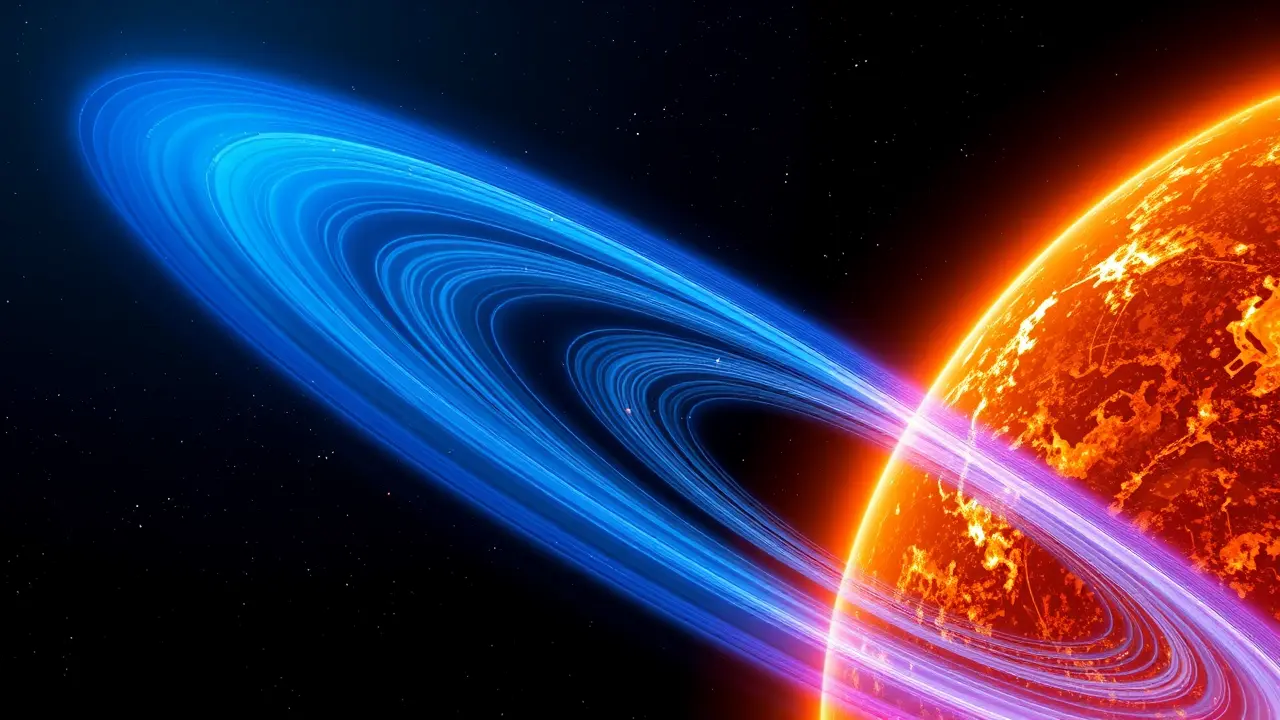The Sun’s hidden poles could finally reveal its greatest secrets
For decades, the Sun’s poles have been the solar system's ultimate blind spot, a glaring gap in our cosmic understanding akin to trying to map Earth while ignoring the Arctic and Antarctic. High above the Sun’s blazing, well-observed equator, these mysterious regions are the true powerhouses, the birthplace of the fast solar wind that screams across interplanetary space and the deep-seated heart of the star’s 11-year magnetic heartbeat.Every view we’ve ever had, from the venerable SOHO to the stunning Solar Dynamics Observatory, has been stuck in the orbital plane, giving us a frustratingly sideways glance, a two-dimensional portrait of a fundamentally three-dimensional dynamo. This limitation has forced heliophysicists into the role of detectives trying to solve a murder without seeing the weapon, piecing together clues from the solar wind and magnetic field measurements to infer the tumultuous activity at the poles.The consequences of this ignorance are not merely academic; the Sun’s polar magnetic fields are the seed for the next solar cycle, the primordial soup from which sunspots and solar storms are born. Without a direct view, our predictions for space weather—the very phenomena that can cripple satellites, disrupt power grids on Earth, and endanger astronauts—have been fundamentally handicapped, a forecast made with one eye closed.This is why the upcoming Solar Polar-orbit Observatory (SPO) mission represents such a monumental leap, a classic 'go to where the story is' moment in scientific exploration. Imagine a spacecraft performing a gravitational slingshot around Jupiter to catapult itself into a high-inclination orbit, swinging it over the solar poles for the first time in history, giving us a god's-eye view of these enigmatic realms.The data it will beam back promises to be revolutionary, finally allowing scientists to directly observe the giant polar coronal holes, the sources of the fast solar wind, and to measure the meridional flow, the great conveyor belt of plasma that transports magnetic fields from the equator to the poles, a critical driver of the solar cycle. This isn't just about filling in a blank spot on a map; it's about unlocking the fundamental physics of our star's magnetic engine.By understanding the polar dynamics, we can move from reactive to predictive in our relationship with the Sun, potentially forecasting the strength of future solar cycles with unprecedented accuracy and gaining deeper insights into the forces that shape the entire heliosphere, the vast bubble of solar influence that encapsulates our planetary system. The SPO mission is, in essence, the heliophysics equivalent of the James Webb Space Telescope peering into the early universe—a tool designed to see the previously unseeable, and in doing so, to rewrite our foundational textbooks on the star that makes life on Earth possible.
JA
Jamie Lowe123k2 days ago
this reminds me of how we used to think the earth was flat until we could actually see it from space, feels like we're finally getting the full picture of the sun
0
